Five advantages of using self drilling anchor bolts
Time:2024-02-18From:sinorock View:
Introduction
In the realm of construction, the utilization of various anchoring methods is crucial for ensuring the stability and integrity of structures. While traditional methods like hollow anchor bolts, rebar, and casing construction have been prevalent, there has been a noticeable shift towards the increased adoption of self-drilling anchor bolts in recent years. This article aims to delve deeper into the advantages of self-drilling anchor bolts, highlighting their strong applicability, high construction efficiency, simple structure, uniform grouting thickness, good anchoring effect, and low requirements for construction conditions.
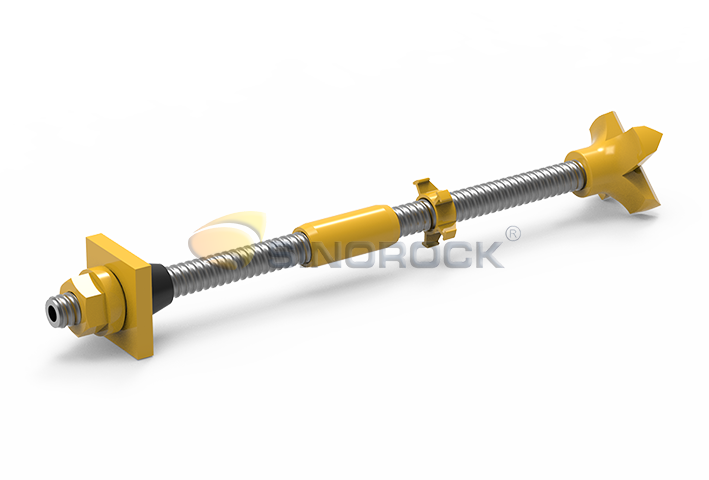
1. Strong Applicability: Adapting to Diverse Geological Conditions
One of the standout features of self-drilling anchor bolts lies in their remarkable adaptability to a wide range of geological conditions. The hollow anchor bar seamlessly integrates with various drill bits, offering a spectrum of options tailored to specific geological challenges. This adaptability is essential in addressing the diverse and often unpredictable conditions encountered in construction projects.
The versatility of the hollow anchor bar is exemplified by its compatibility with an array of specialized drill bits. These include EX drill bits, EXX drill bits, ESF drill bits, ESSF drill bits, clay drill bits, among others. Each type of drill bit is carefully designed to tackle distinct geological formations, ensuring that the self-drilling anchor bolts can efficiently navigate through different strata. This adaptability enables construction teams to select the most suitable drill bit for prevailing geological conditions, enhancing overall project efficacy.
In addition, self-drilling hollow anchor bars are available in different threaded types - T type and R type. Which has a variety of diameter options for each threaded type, further enhancing their applicability. Different diameters can be matched with drill bits of corresponding specifications, providing an additional layer of flexibility in addressing the unique challenges posed by different geological terrains. This adaptability not only streamlines the construction process but also minimizes the need for multiple tools, making the self-drilling anchor bolts a versatile and cost-effective solution for diverse geological landscapes.
2. High Construction Efficiency: Integrating Drilling and Grouting for Optimal Productivity
The construction efficiency of self-drilling anchor bolts surpasses that of traditional hollow bolts significantly. In standard hollow bolt procedures, the construction process involves drilling the hole, withdrawing the drill pipe, inserting the bolt, and finally, connecting the grouting machine to commence grouting. In contrast, self-drilling anchor bolts seamlessly integrate the drilling and grouting processes with the anchoring function. This integration results in a remarkable boost in construction efficiency. Project statistics indicate that the drilling efficiency of self-drilling anchor bolts can achieve an impressive shift of 130-250 meters per shift, contingent upon the specific geological conditions. This heightened efficiency not only accelerates project timelines but also reduces labor costs associated with extended construction periods.
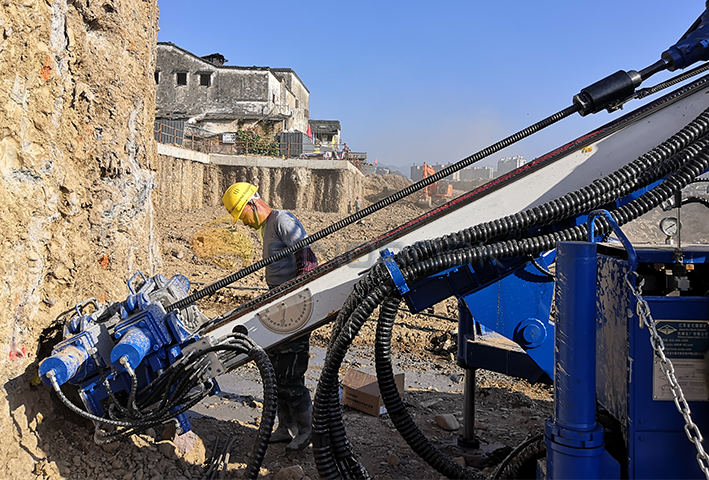
3. Simple Structure: Streamlining Construction Processes
The simplicity of the self-drilling anchor bolt's structure is a pivotal factor contributing to the efficiency and ease of construction processes. Comprising essential components such as the hollow anchor bar, drill bit, coupler, nut, and centralizer, this straightforward design belies its sophisticated functionality.
The hollow anchor bar serves as the backbone of this system, providing the necessary structural integrity. Paired with a drill bit, the hollow anchor bar allows for simultaneous drilling and grouting, a feature that significantly distinguishes it from traditional methods. The coupler, nut, and centralizer work in tandem to connect and stabilize the various components during the construction process.
When integrated with a drilling rig and grouting machine, the self-drilling anchor bolt's simplicity becomes a strategic advantage. Connecting the long self-drilling bolt requires minimal effort, and operating the grouting machine is a straightforward task. This uncomplicated structure not only expedites the construction timeline but also reduces the manpower required for the operation. The result is a more efficient and cost-effective construction process, as the simplicity of the design minimizes the likelihood of errors and complications during installation.
4. Uniform Grouting Thickness and Optimal Anchoring Effect
A critical aspect of anchoring systems is the uniformity of grouting thickness, which directly influences the anchoring effect. Self-drilling anchor bolts address this concern through the incorporation of centralizers. The centralizer plays a pivotal role in ensuring that the anchor bar remains consistently at the center of the drilled hole during the entire drilling process. This meticulous centering ensures that the cement grout thickness around the anchor rod remains at least 20mm. In contrast, if the anchor rod is not properly centered, the grout thickness along the anchor rod may become uneven, leading to disparate force distribution within the anchor body. The emphasis on uniform grouting thickness enhances the anchoring effect, promoting structural stability and longevity.
5. Low Requirements for Construction Conditions: Versatility in Challenging Environments
A standout feature of self-drilling anchor bolts lies in their remarkable adaptability to diverse construction conditions, particularly in challenging environments. The integration of drilling, grouting, and anchoring functions in self-drilling anchor bolts contributes significantly to their ability to thrive in various construction conditions. This integrated approach enables the bolts to be efficiently employed on a range of working platforms, including relatively narrow tunnels and underground spaces. In these confined spaces where traditional anchors might encounter hindrances, self-drilling anchor bolts shine by seamlessly accommodating the demanding spatial constraints, making them an ideal choice for construction projects operating in a spectrum of challenging conditions.
Conclusion
In conclusion, the advantages of self-drilling anchor bolts extend beyond their strong applicability, high construction efficiency, simple structure, uniform grouting thickness, and low requirements for construction conditions. These features collectively position self-drilling anchor bolts as a preferred choice in modern construction practices, offering enhanced flexibility, efficiency, and reliability. As construction methodologies continue to evolve, the widespread adoption of self-drilling anchor bolts is poised to play a pivotal role in shaping the future of anchoring systems. For construction professionals seeking innovative and efficient solutions, self-drilling anchor bolts represent a promising avenue for achieving superior results in a wide range of projects.
Through the above introduction, I hope everyone has a fuller understanding of the advantages of self-drilling anchor bolts. If you encounter problems during construction, please contact Sinorock at sinorock@sinorockco.com, our technical team will provide you with customized system solutions to help you solve problems.
latest news
-
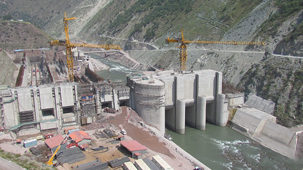
- What Are the Applications of SDA Bolts in Hydropower Stations?
- Time:2025-08-21From:This Site
- Learn how self-drilling anchor bolts enhance slope stability, tunnel support, and dam reinforcement in complex geological conditions at hydropower stations. Optimize hydropower projects with efficient, cost-effective, and eco-friendly solutions.
- View details
-
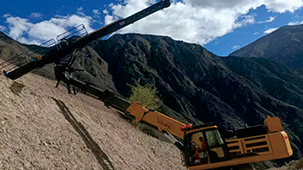
- Slope Stabilization with SDA Bolts: Benefits & Applications
- Time:2025-08-19From:This Site
- Discover how self-drilling anchor bolts (SDA bolts) provide superior slope stabilization for highways, railways, and tunnels. Learn their key benefits, installation process, and real-world applications in loose or collapsible soils.
- View details
-
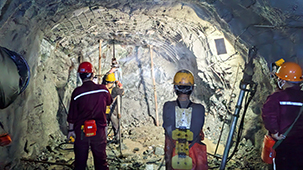
- How Self-Drilling Rock Bolts Enhance Tunnel Support in Fractured Rock?
- Time:2025-08-15From:This Site
- Discover how self-drilling rock bolts enhance tunnel support in fractured rock. Learn their benefits, installation steps, and real-world applications for safe, efficient tunneling.
- View details
-
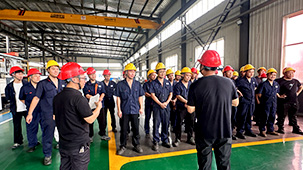
- Sinorock 2025 Quality Month | Strengthening Quality Foundations, Empowering Product Excellence
- Time:2025-08-13From:This Site
- Sinorock’s 2025 Quality Month, themed “Strengthening Quality Foundations, Empowering Product Excellence,” successfully concluded, reinforcing our commitment to superior product quality.
- View details
-
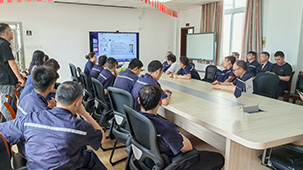
- Sinorock Safety Month 2025 | Everyone Speaks Safety, Everyone Can Respond
- Time:2025-07-03From:This Site
- Sinorock Safety Month 2025, centered on the theme "Everyone Speaks Safety, Everyone Can Respond - Spot Workplace Hazards," has wrapped up successfully!
- View details
-

- Quality Control: the Vital Factor of A SDA Bolt Factory
- Time:2025-01-09From:This Site
- Sinorock’s comprehensive quality control system, from supplier management to outgoing inspections, ensuring the highest standards for self-drilling anchor bolts in construction.
- View details
-
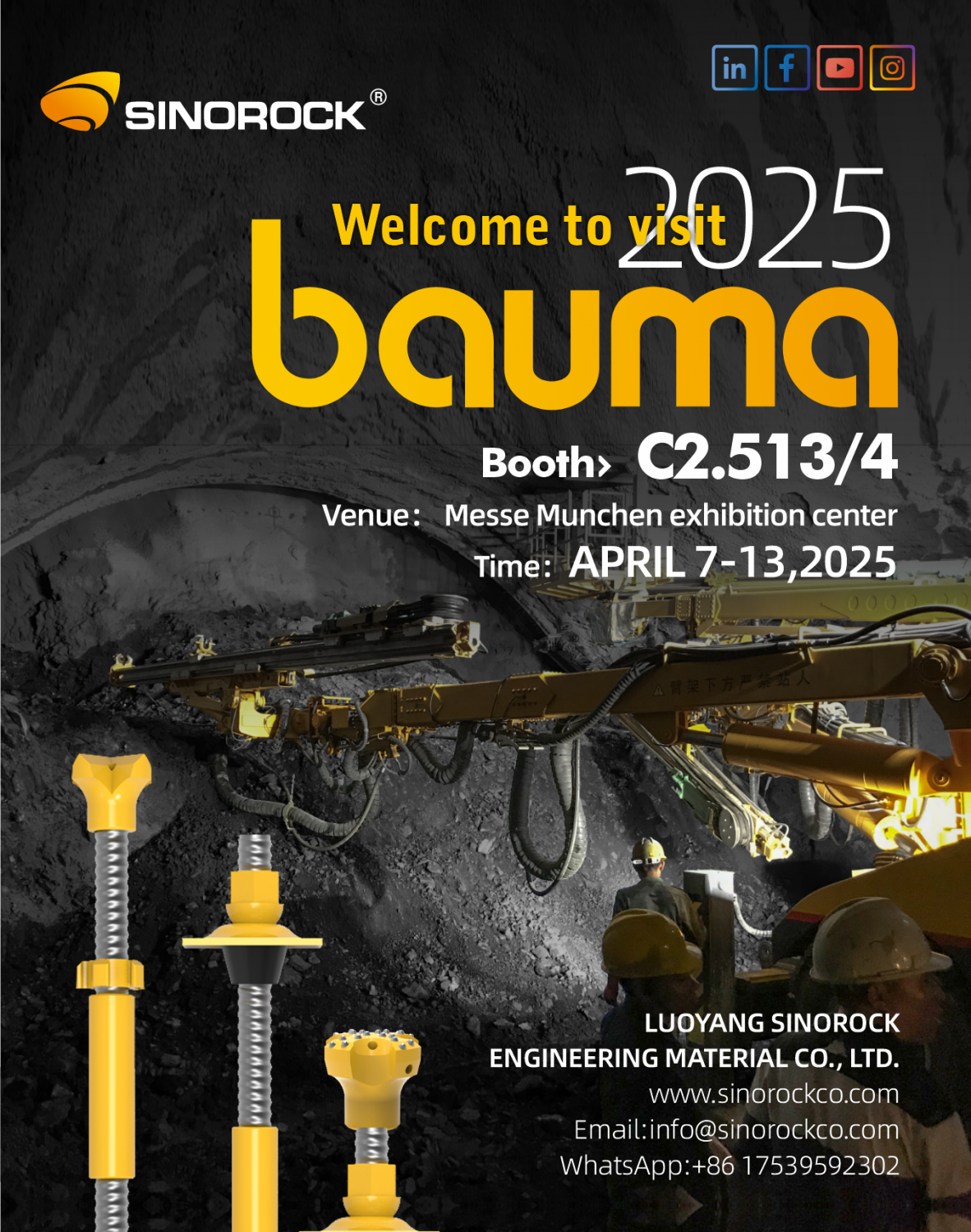
- Sinorock Invites You to Explore Proven Self-Drilling Anchor Bolt Solutions at bauma 2025
- Time:2025-03-07From:This Site
- From April 7–13, 2025, explore Sinorock’s Self-drilling anchor bolt solution at Booth C2.513/4 in Hall C2 of the Messe München Exhibition Center (Munich, Germany).
- View details
-
.jpg)
- SINOROCK to Attend EXPOMINA PERÚ 2024 in Lima, Peru
- Time:2024-08-10From:This Site
- Sinorock to Attend EXPOMINA PERÚ 2024 in Lima, Peru
- View details
-
.jpg)
- SINOROCK to Participate in MINING AND METALS CENTRAL ASIA 2024
- Time:2024-08-08From:This Site
- SINOROCK to Participate in MINING AND METALS CENTRAL ASIA 2024
- View details
 Download
Download 


